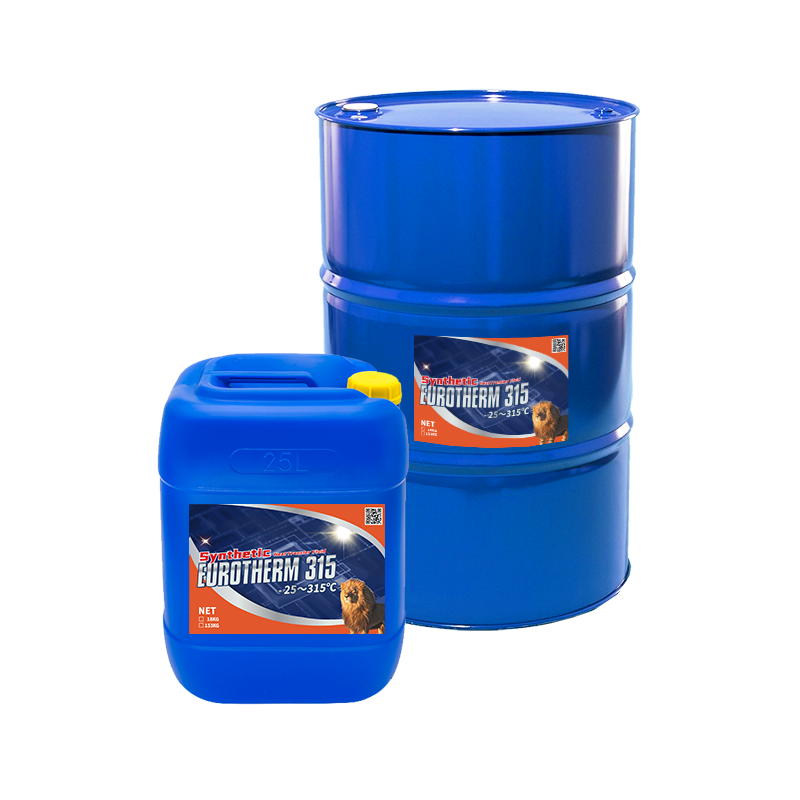Excitement About Chemie
Excitement About Chemie
Blog Article
Excitement About Chemie
Table of ContentsSome Known Incorrect Statements About Chemie Unknown Facts About ChemieA Biased View of ChemieEverything about ChemieIndicators on Chemie You Need To KnowOur Chemie PDFs
By Bojanna Shantheyanda, Sreya Dutta, Kevin Coscia and David SchiemerDynalene, Inc. Fluid cooling, which can be accomplished using indirect or direct methods, is utilized in electronic devices applications having thermal power densities that might go beyond secure dissipation with air cooling. Indirect liquid cooling is where warmth dissipating digital elements are physically separated from the fluid coolant, whereas in case of direct cooling, the components remain in direct contact with the coolant.In indirect air conditioning applications the electric conductivity can be vital if there are leaks and/or spillage of the liquids onto the electronics. In the indirect air conditioning applications where water based liquids with rust preventions are usually utilized, the electric conductivity of the liquid coolant mainly relies on the ion concentration in the liquid stream.
The boost in the ion concentration in a shut loop fluid stream may occur as a result of ion leaching from metals and nonmetal parts that the coolant fluid touches with. During operation, the electrical conductivity of the liquid might boost to a level which could be hazardous for the cooling system.
The Ultimate Guide To Chemie
(https://zenwriting.net/chemie999/6zab3ny9z4)They are grain like polymers that are qualified of trading ions with ions in a service that it touches with. In today work, ion leaching examinations were carried out with different steels and polymers in both ultrapure deionized (DI) water, i.e. water which is treated to the greatest levels of pureness, and low electrical conductive ethylene glycol/water combination, with the determined modification in conductivity reported in time.
The examples were permitted to equilibrate at room temperature level for 2 days prior to taping the initial electric conductivity. In all tests reported in this research fluid electric conductivity was measured to a precision of 1% using an Oakton disadvantage 510/CON 6 series meter which was adjusted prior to each dimension.
The Main Principles Of Chemie
from the wall heating coils to the center of the heating system. The PTFE example containers were put in the heater when consistent state temperature levels were gotten to. The examination setup was eliminated from the heater every 168 hours (7 days), cooled down to area temperature with the electric conductivity of the fluid measured.
The electric conductivity of the fluid sample was checked for a total of 5000 hours (208 days). Number 2. Schematic of the indirect shut loophole cooling down experiment set up - inhibited antifreeze. Table 1. Components utilized in the indirect closed loop cooling experiment that are in contact with the liquid coolant. A schematic of the experimental configuration is received Figure 2.

Our Chemie Ideas
Throughout procedure the liquid storage tank temperature was preserved at 34C. The adjustment in fluid electric conductivity was kept an eye on for 136 hours. The fluid from the system was accumulated and stored. Shut loop examination with ion exchange material was brought out with the exact same cleaning treatments used. The initial electric conductivity of the 230ml UP-H2O in the system measured 1.84 S/cm.

0.1 g of Dowex resin was included to 100g of fluid examples that was taken in a separate container. The mixture was stirred and change in the electrical conductivity at room temperature was measured every hour. The determined modification in the electric conductivity of the UP-H2O and EG-LC test fluids containing polymer or metal when involved for 5,000 hours at 80C is revealed Figure 3.
8 Simple Techniques For Chemie
Number 3. Ion seeping experiment: Calculated change in electrical conductivity of water and EG-LC coolants consisting of either polymer or steel examples when immersed for 5,000 hours at 80C. The results show that steels added less ions into the fluids than plastics in both UP-H2O and EG-LC based coolants. This might be due to a slim metal oxide layer which may function as a barrier to ion leaching and cationic diffusion.
Fluids including polypropylene and HDPE exhibited the most affordable electric conductivity changes. This can be because of the short, inflexible, linear chains which are much less likely to add ions than longer branched chains with weaker intermolecular pressures. Silicone likewise performed well in both test liquids, as polysiloxanes are normally chemically inert as a result of the high bond energy of the silicon-oxygen bond which would certainly avoid destruction of the material right into the liquid.
Some Known Factual Statements About Chemie
It would certainly be anticipated that PVC would create comparable results to those of PTFE and HDPE based upon the similar chemical frameworks of the materials, however there might be other pollutants existing in the PVC, such as plasticizers, that might influence the electrical conductivity of the fluid - immersion cooling liquid. Furthermore, chloride groups in PVC can likewise leach right into the examination liquid and can cause a boost in electrical conductivity
Buna-N rubber and polyurethane revealed signs of deterioration and thermal decomposition which suggests that their possible energy as a gasket or glue material at higher temperature levels can cause application issues. Polyurethane entirely broke down into the examination fluid by the end of 5000 hour examination. Figure 4. Prior to and after photos of metal and polymer examples submersed for 5,000 hours at 80C in the ion seeping experiment.
Measured change in the electrical conductivity of UP-H2O coolant as a function of time with and without material cartridge in the closed indirect cooling loop experiment. The measured adjustment in electric conductivity of the UP-H2O for 136 hours with and without ion exchange material in the loop is received Figure 5.
Report this page